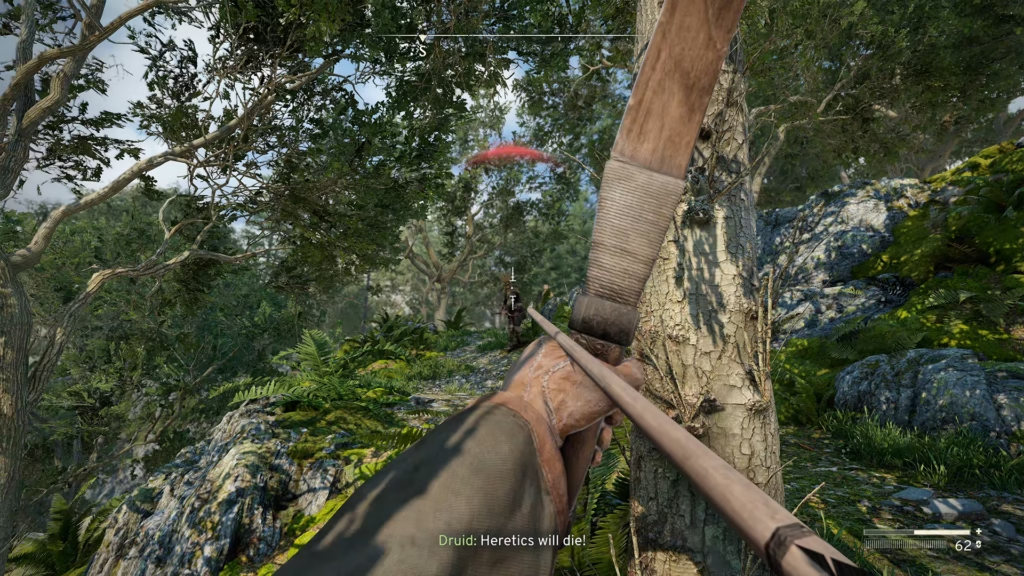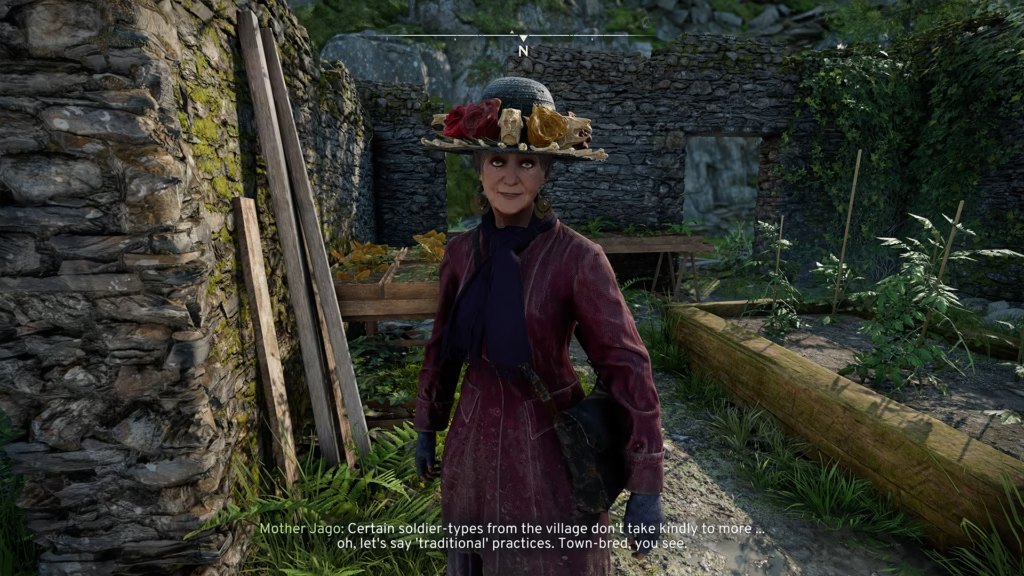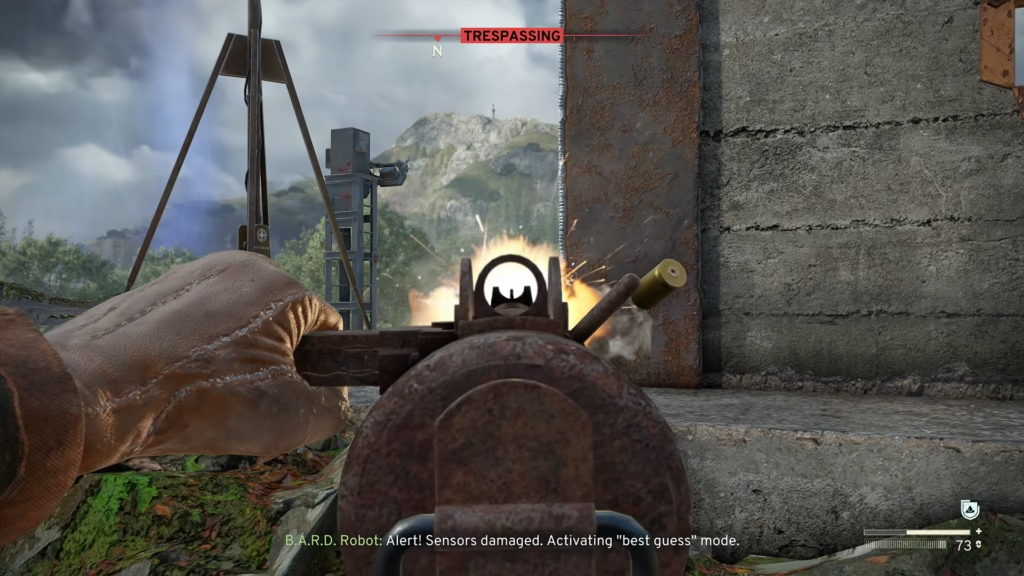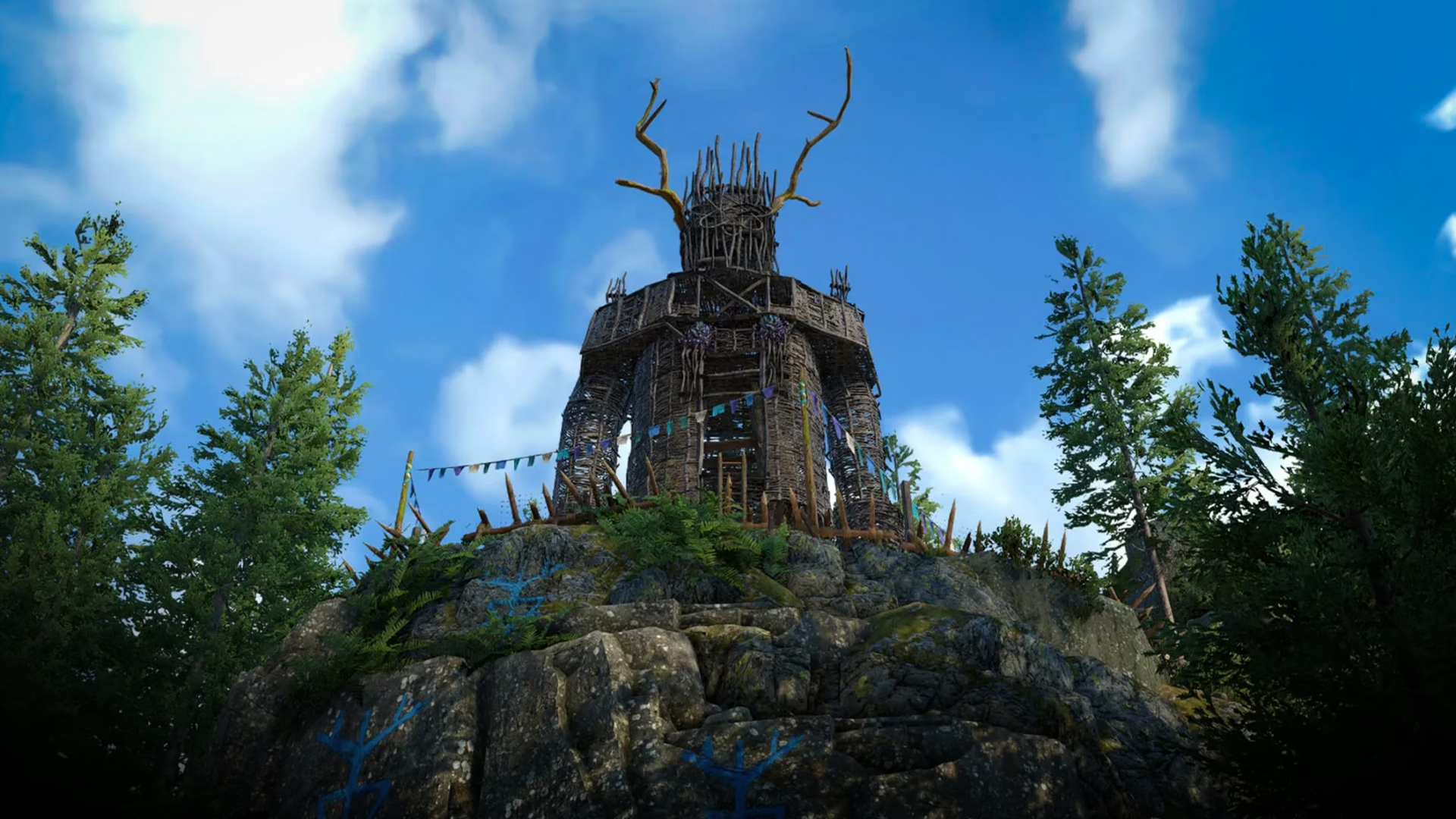Atomfall is more British STALKER than it is British Fallout.
Just hear me out.
Atomfall and STALKER are both set in a sort of exclusion/quarantine zone created as the result of a disaster at a nuclear power plant — Windscale in the case of Atomfall, Chernobyl in the case of STALKER (Fallout is set in what’s left of the world after a devastating nuclear war). Atomfall and STALKER’s respective protagonists both have amnesia, and both must make their way to the heart of the zone (the exposed cores of their respective nuclear reactors) in the hopes of salvation. The worlds of both titles are littered with bandits/outlaws, a cult that worships the zone/soil (more on that in a bit), hostile government forces, and mutated monsters.
Both games have fantastic sound design, an immersive and believable open world, engaging combat, and are chock-full of interesting characters. STALKER has an edge in the former department and Atomfall an edge in the latter.
Interestingly, and as with STALKER, Atomfall suffers from pacing issues as a result of exploration that gets exceedingly tedious after a point. Unlike STALKER, Atomfall is short — it took me 14 hours to unlock three of the six endings — well written, and bug-free. It’s a polished, refreshingly British experience, the first six to eight hours of which I thoroughly enjoyed.
Yes, Atomfall’s crafting system bears some resemblance to Fallout’s and there are turrets and fission-battery powered robots (atomic batteries, in the case of Atomfall), but I can’t really think of much else that these two games have in common.
The world of Atomfall

Windscale was the site of the UK’s largest nuclear disaster, but one that I’d only heard of in passing — the Windscale disaster being a relatively minor one by Chernobyl and Fukushima standards. Atomfall’s Windscale is the site of a similar disaster, but one with other-worldly consequences in the form of an electromagnetic field of some kind that turns some people’s eyes blue, some into zombies, and some into a soil-worshipping cult of forest people and witches. Much like STALKER’s emissions, this field disables vehicles, interferes with radio communications, and apparently has some highly profitable scientific and military applications.
The world itself is divided into several distinct zones — a quaint English village, a military base and prison camp, witch-infested woods, and so on. You can move in and out of these zones at will, and explore, kill, or talk to whoever you like. Every ounce of curiosity is rewarded either with loot, an interesting encounter, or one of a million Easter eggs.
Speaking of Easter eggs, and as someone who grew up on a diet of British TV shows, the references to Triffids, Fawlty Towers and Dr Who were pleasant finds and relatively easy to spot. Others like The Wicker Man, four candles, and more I only discovered after the fact and will likely be more easily identified by actual British folk who were born in the early ’60s.
An open-ended world

You, the amnesiac protagonist, have a singular purpose: To escape the quarantine zone. Why? I can’t really say. The opening cinematic tasks you with “letting the world know what’s happening at Windscale”, but as you’ll soon discover, there’s a lot more to it than that, and the multiple endings embrace even more possibilities than you have likely imagined.
The thing that’s particularly refreshing about Atomfall — other than how British it is — is just how open-ended the game really is. You have a map that gets annotated with points of interest as you play, but there are no quest markers to speak of. You discover and follow leads, like a detective, as you explore, but these leads take the form of environmental storytelling, a random conversation you had with a baker, notes scattered about the world, coordinates scribbled on a door, or even gut instinct and blind luck.
Who you are, why you have amnesia, and other such burning questions are never explicitly answered. No explanation is forthcoming regarding the Windscale disaster or the nature of the field surrounding the quarantine zone. You must discover all this and more for yourself by paying close attention to the many clues and conversations you stumble across in the course of your journey.
You can choose to murder all key NPCs and finish the game anyway, lay waste to the quarantine zone, or kill no one, the choice is entirely yours. Those phone booths you saw in the trailer? You needn’t answer the phone. You don’t need to trade, you don’t need to be nice (or rude), and you can strike your own deals for goods or information in the flow of conversation based on how you direct the conversation. The game is content to let you discover its stories at your own pace. I finished the game in 14 hours, but I’ve seen speedrunners complete it in less than 30 minutes without exploiting any bugs.
Combat is something I would describe as not particularly challenging but largely fun, at least on PC. Resources are scarce (at first), especially ammo, and pinpoint precision is important. However, I don’t imagine that last is easy to achieve via game controller, so the #consolepeasant experience is likely to be markedly different.
The late-game needs work

For a game that’s so short, I was surprised that Atomfall still managed to overstay its welcome. As mentioned earlier, I think the problem largely stems from the same game design issues that plague STALKER’s late game. A thorough exploration of every nook and cranny of every body/building/bush/waterfall you discover is very rewarding in the early game, but by the mid-game I was so well stocked that exploration descended into tedium. While I skulked around the first area bonking enemies on the head with a cricket bat and avoiding combat where possible, by mid-game I was walking up to hulking robots and emptying my weapon’s magazine into their weakspots just to make traversal more convenient. I didn’t even need their previously valuable loot. Oh, and I was playing on the recommended ‘Survivor’ difficulty setting.
By late game, I’m certain I missed out on several interesting story arcs simply because I couldn’t be bothered to trudge across the map for a random battery or to find someone’s missing butler. I unlocked three endings because all three occur in the same end-game area based on which lever you choose to pull. As for the rest, I Googled ’em.
My problem with Atomfall is simply that there isn’t enough variety to carry you through 10-15 hours of gaming. Combat and exploration become stale, interesting dialogue options are largely exhausted by hour six, and rewards become meaningless. It’s a simple and polished game, but I think that simplicity also holds it back from achieving greatness.
Games like Atomfall are the best argument for GamePass
Atomfall retails at Rs 2,000 on Steam. For a 10-15 hour game that is admittedly fun but also one that I don’t intend to ever touch again, that’s steep. As a “free” game on Microsoft’s PC GamePass, however, I think Atomfall is great value and that everyone with a subscription should try it at some point. It’s no Split Fiction or Assassin’s Creed: Shadows, but it’s a uniquely British and fun enough experience that warrants at least one play-through.
Xbox Gamepass version of the game reviewed on PC.


